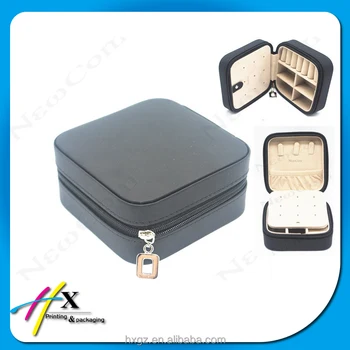Traveling With Your Pet – Things To Know
 In recent years, more and more people have chosen to bring their pet with them when they travel. Many hotels now offer pet-friendly rooms, dog food on the hotel menu, and even massages and other more luxurious amenities. However, in spite of all of these new accommodations, it can still be difficult to get your pet to and from your destination, especially if you will be required to fly.
In recent years, more and more people have chosen to bring their pet with them when they travel. Many hotels now offer pet-friendly rooms, dog food on the hotel menu, and even massages and other more luxurious amenities. However, in spite of all of these new accommodations, it can still be difficult to get your pet to and from your destination, especially if you will be required to fly.
When you fly with your pet, there will always be some cost involved. The cost will vary based on whether you fly with your pet under your seat or in the cargo hold. In addition, prices for flying with pets have been recently raised by all major carriers. In fact, it now costs more to fly with a pet than it does to have a child fly alone. Flying with a pet can cost as much as $500 for a round trip ticket.
Understanding the costs involved in flying with your pet is important, but it is equally important to be aware of the safety issues associated with putting your pet on an airplane. It is possible for your pet to be lost, injured, or even die while in transit. In 2010, 39 animals passed away while on commercial planes. This number has gone up considerably since 2009. Since hundreds of thousands of pets are flown by airlines each year, this isn’t an extremely large percentage. However, pets are exposed to significant dangers while on airplanes, such as difficulty breathing at high altitudes and extremely high or low temperatures.
Fortunately, some airlines now have climate-controlled holding areas for pets to prevent them from being exposed to extreme temperatures. In addition, some airlines even have frequent flier programs that apply to pets. Even with the new pet-friendly accommodations, can still be dangerous and sometimes frustrating to fly with your pet. However, there are a few things you can do to simplify the process and make it as smooth as possible.
1. Make sure you are using the right carrier.
Depending on your specific flight, regulations governing the maximum size of your pet’s carrier will be different. For this reason, you should contact the airline directly once your reservation has been made to determine what the specific rule is for your flight. Your pet must be able to lie down, turn around, and stand up comfortably in whatever carrier you use.
2. Book your flight well in advance.
All airlines have a limit to the number of pets they will permit in the cabin, so make sure you book your flight early.
3. Prepare your pet for the trip.
Take the time to get your pet used to the carrier by putting your pet inside and placing it on the floor of your car. That way, your pet will be used to the vibration he will be experiencing on the plane. You can also use lavender oil to calm your pet by helping him associate the scent with routine activities. Do this by putting a few drops of the oil on your hands before feeding and walks and allow him to pick up the scent. This will cause your dog to have a positive association with the scent. Then, you can put some of the scent in the carrier to so he will relax on the plane. You can also tire your pet out with a long walk prior to the flight so he will be more likely to relax and fall asleep.
